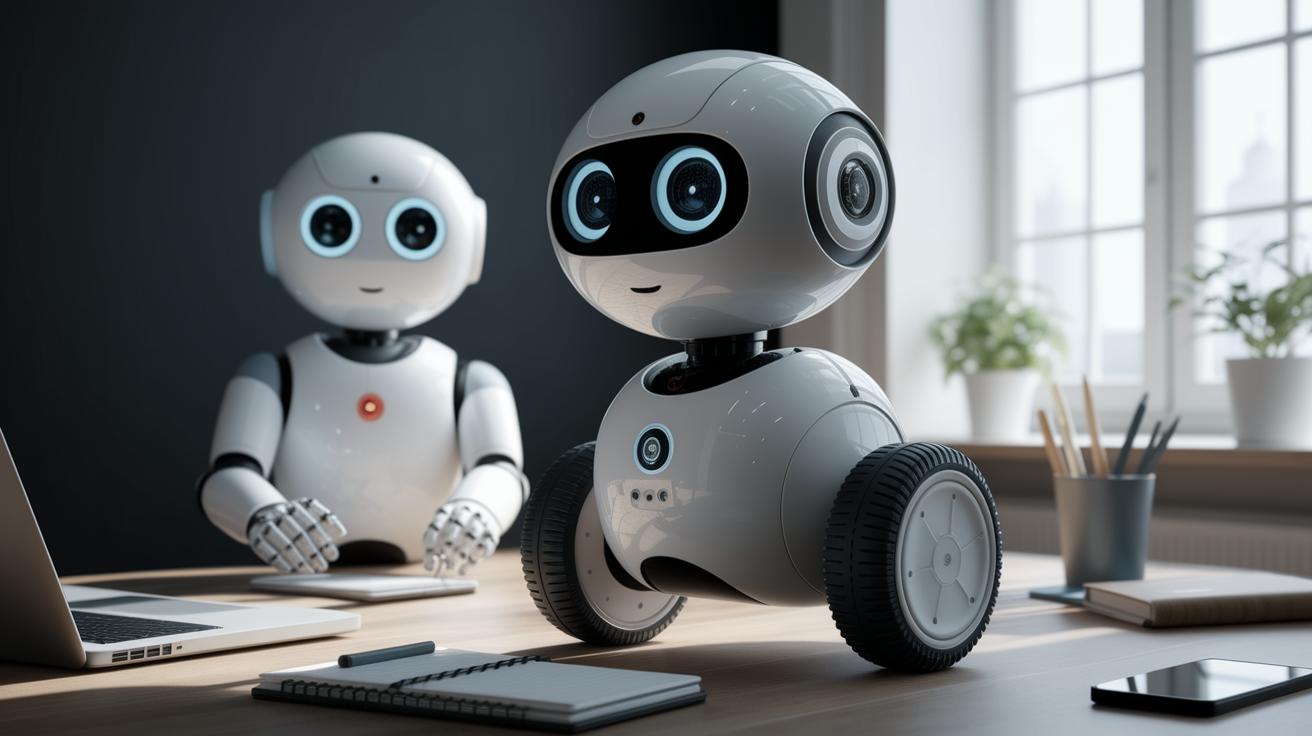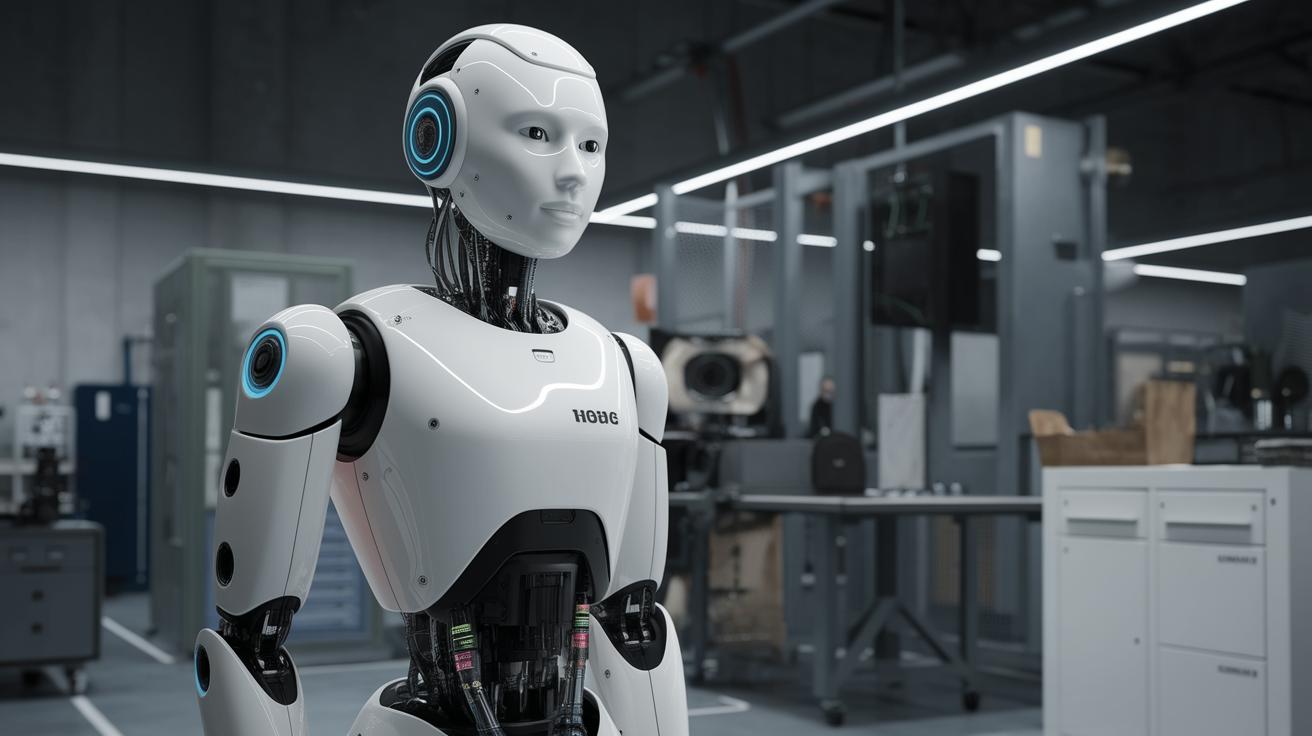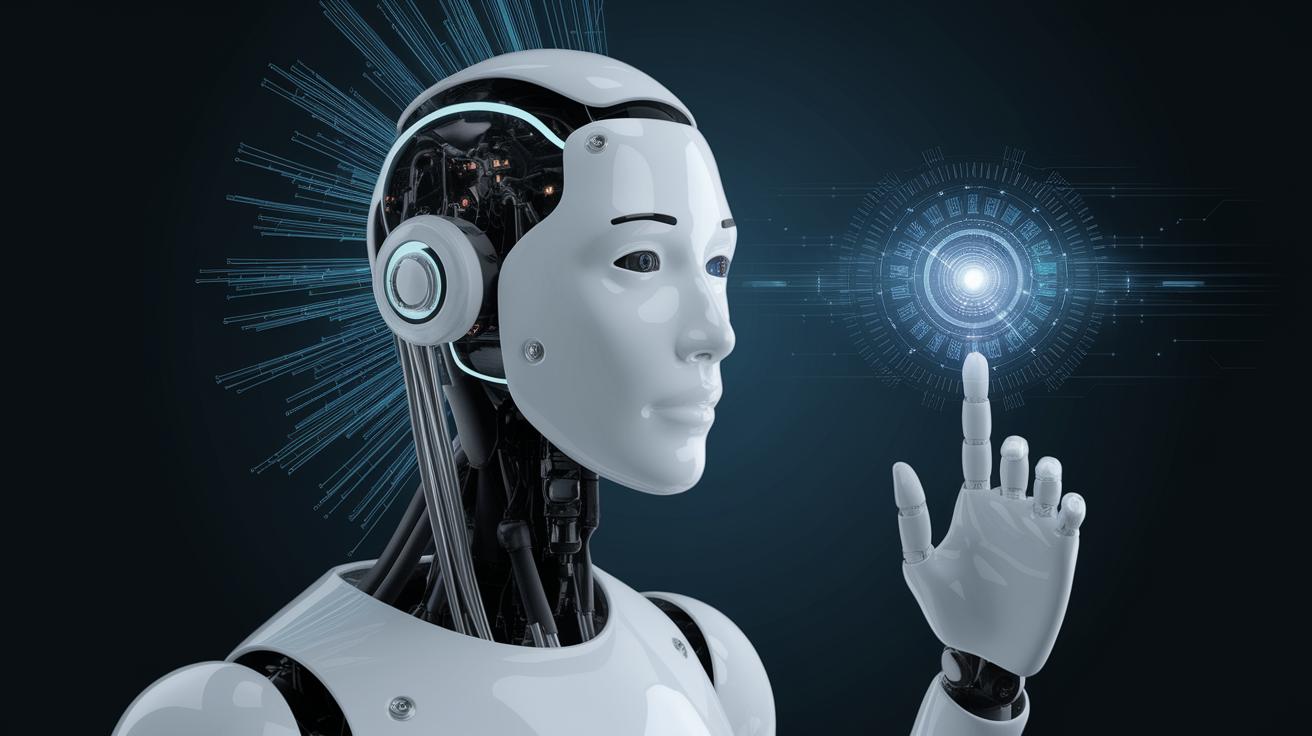How to Simulate Robotic Environments for Testing
In the rapidly evolving world of robotics, simulating robotic environments is crucial for testing and development. These simulations create virtual spaces where robots can be programmed, tested, and refined, all without physical prototypes. This allows developers to experiment with robotics innovations efficiently and cost-effectively. In this blog post, we will explore various aspects of robotic simulations, the frameworks that facilitate them, their outcomes, and who benefits from such innovations. Additionally, we will dive into NVIDIA’s pivotal role in revolutionizing robotic simulations. Finally, we will provide insights on how developers can embark on their journey to build effective robotic simulators.
Robotics Simulation Summarized
Robotic simulations provide a controlled environment where robot algorithms can be tested safely. By creating virtual landscapes, these simulations replicate real-world physics and interactions, enabling developers to observe and refine robotic behavior under various scenarios. Simulations reduce the need for costly physical prototypes, using digital twins to test mechanical functions, sensor inputs, and more.
The benefits of these simulations extend beyond cost-efficiency. They allow for rapid iteration and debugging of robotic systems. When potential errors can be identified and resolved in a virtual environment, it accelerates the development timeline. Moreover, it provides a platform for exhaustive testing, ensuring a higher standard of safety and reliability for real-world deployment.
NVIDIA’s 3 Computer Framework Facilitates Robot Simulation
NVIDIA has been at the forefront of robotic simulation with its advanced computing frameworks. Their systems leverage powerful GPUs and parallel processing to handle complex simulations with high fidelity. The three computer framework of NVIDIA assists in creating simulations that are both highly detailed and extremely realistic, making them ideal for prototyping and testing a wide range of robotic applications.
This framework incorporates AI, physics-based modeling, and cloud-computed resources to offer developers a robust toolkit. AI integrations help simulate decision-making processes, while cloud resources ensure that simulations can be scaled irrespective of local hardware limitations, offering immense flexibility and power to developers.
Who Uses Robotics Simulation?
The use of robotic simulation is widespread across industries such as automotive, defense, healthcare, and manufacturing. In automotive sectors, for example, these simulations are employed to develop and test autonomous vehicles, ensuring algorithms respond correctly to road conditions and traffic scenarios without risking public safety.
Moreover, academic and research institutions rely on simulations to experiment with theoretical robotic concepts. This safe environment allows them to conduct studies and advance novel ideas without the constraints of funding and equipment limitations. The virtually infinite range of possibilities offered by simulators makes them invaluable tools for both established companies and pioneering startups.
Using Robotics Simulation for Planning and Control Outcomes
Simulations in robotics heavily contribute to planning and control by providing a sandbox for trial and error. By simulating millions of potential scenarios, developers can refine motion planning algorithms and control strategies for tasks such as navigating complex environments or manipulating objects. This leads to improved accuracy and precision in the robots’ movements and decision-making processes.
Furthermore, simulations can reveal unexpected outcomes in robot interactions, providing critical insights into the planning phase. These learnings allow for proactive adjustments in the algorithms, optimizing performance and ensuring reliability in real-world applications. Overall, these tests can lead to breakthroughs in efficiency and functionality for robotic systems.
High-Fidelity, Physics-Based Simulation Breakthroughs
Recent advancements in high-fidelity simulations have made it possible to recreate environments with unprecedented realism. Physics-based simulations now incorporate detailed modeling of forces, material properties, light, and fluid dynamics, yielding more accurate and reflective tests. This enables robots to better understand and interact with their digital environments.
These breakthroughs ensure that the behaviors observed in simulations mimic those in the physical world, closing the gap between virtual testing and real-world application. The ability to predict outcomes more reliably has transformed how developers approach complicated problems in robotics, often leading to revolutionary developments.
Teaching Collision-Free Motion for Autonomy
One of the fundamental challenges in robotic autonomy is achieving collision-free motion. Simulations play a pivotal role in teaching robots how to navigate complex and dynamic environments safely. By simulating various obstacles and routes, robots can be trained to anticipate and react to potential collisions proactively, adapting their paths in real-time.
This is critical for applications such as autonomous drones or delivery robots that must maneuver through populated areas. Advanced algorithms can be tested iteratively in simulations, ensuring they can handle unexpected variables, enhancing the overall safety and effectiveness of autonomous robotics.
How Developers Can Get Started Building Robotic Simulators
Developers looking to create robotic simulators should begin by identifying the needs of their specific project, whether it be high-fidelity rendering, real-time physics integration, or AI-driven decision-making. Utilizing open-source platforms such as Gazebo or Unity, alongside proprietary frameworks like NVIDIA’s Isaac Sim, can provide robust starting points for building simulations.
Additionally, learning about ROS (Robot Operating System) can be incredibly beneficial, as it offers a versatile framework for managing complex robotic behaviors and communications within a simulated environment. Education in computer graphics, physics modeling, and AI will further bolster a developer’s ability to produce sophisticated simulations.
All NVIDIA News
Staying updated with the latest news from NVIDIA can provide developers with insights into new technologies and advancements in the field of robotics simulation. As NVIDIA continues to release updates and new tools, developers can benefit from integrating these innovations into their simulation projects, maintaining a competitive edge and fostering continuous improvement in their creations.
Engaging with NVIDIA’s developer communities and attending their conferences or training sessions can further ensure one is staying at the forefront of technology, leveraging all available resources to push the boundaries of what is possible in robotic simulations.
| Topic | Summary Points |
|---|---|
| Robotics Simulation Summarized | Offers safe, cost-effective testing environment; enables rapid iteration and debugging. |
| NVIDIA’s 3 Computer Framework | Delivers high-fidelity, scalable simulations leveraging GPUs and cloud resources. |
| Who Uses Robotics Simulation? | Employed across various sectors including automotive, defense, and academia. |
| Planning and Control Outcomes | Refines motion algorithms; improves decision-making and precision. |
| Physics-Based Simulation Breakthroughs | Creates realistic environments; bridges the gap between virtual and real-world outcomes. |
| Teaching Collision-Free Motion | Enables safer navigation and increases autonomy in robotics. |
| Building Robotic Simulators | Start with project-specific needs; utilize frameworks like Gazebo, ROS, and Isaac Sim. |


